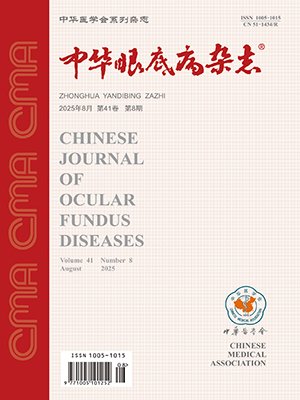ObjectiveTo observe the early ultrastructural changes of the optic nerves after the brain impact injury.MethodsEighteen 15-week-old Wistar rats were used in the air-pressure brain impact injury examination. All of the rats underwent the procedures of right-parietal-bone fenestration after abdominal cavity anesthesia with 1% sodium pentolbarbital (45 mg/kg), and then they were divided randomly into 3 groups, i.e., mild injury group (8 rats) underwent with 7 kg of air pressure in distance of 11 cm; severe injury group (8 rats) with 7 kg of airpressure in distance of 8 cm; and control group (2 rats) underwent with the parietalbone fenestration but without impact injury.The ultrastructural changes of the optic nerves were observed 1, 6, 24, and 72 hours after the injury by electron microscopy.ResultsThe difference of ultrastructural changes of optic nerve was not obvious in wild injury group and the control group, and the lanthanum nitrate was only found in the blood vessels in optic nerve. The lanthanum nitrate entered the nerve stroma 1 hour after severe and increased as time goes on. Simultaneously, displayed dilatation of endoplasmic reticulum, cavitation and tumefaction of mitochondrion, vacuolation of nerve stroma, and vacuolation of some axis-cylinder were seen in the glial cells.ConclusionThe brain impact injury may cause ultrastructural changes of the optic nerve and increase of permeability of blood vessels. (Chin J Ocul Fundus Dis, 2005,21:41-43)
Citation: YUAN Hongfeng,LIU Shaozhang,HE Xiangge.. Ultrastructural changes of the optic nerves after the brain impact in jury. Chinese Journal of Ocular Fundus Diseases, 2005, 21(1): 41-43. doi: Copy
Copyright © the editorial department of Chinese Journal of Ocular Fundus Diseases of West China Medical Publisher. All rights reserved




